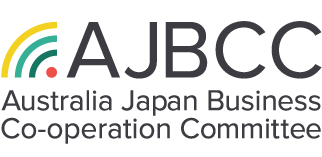
29 Jan Japan’s Fiscal Stimulus
Posted at 11:30h
in Japan Business Alert
Three significant factors have driven the Abe Government’s announcement of a massive fiscal stimulus at the end of last year. The stimulus, of around A$350 billion (including previously announced measures), was designed to mitigate the impact of the:
- typhoon that struck the nation in September which caused widespread destruction throughout the nation.
- decrease in exports as the Japanese companies were affected by the U.S. – China trade war.
- increase in Japan’s consumption tax (VAT) from 8% to 10%, which temporarily suppressed consumer spending.
The budget allocation was designed to:
- provide aid for natural disaster relief and improve the country’s resilience to disasters (27%)
- prepare the country for long-term growth post the Tokyo Olympics (45%)
- protect against economic deflation (28%)
In terms of measures for economic growth post the Olympics, the expenditure will be centred around further implementing Japan’s Society 5.0 policy – focusing on innovation embracing digitisation.
In addition, maintaining and consolidating the upward trajectory of inbound tourism for Japan is another aspect of the budget allocation.



